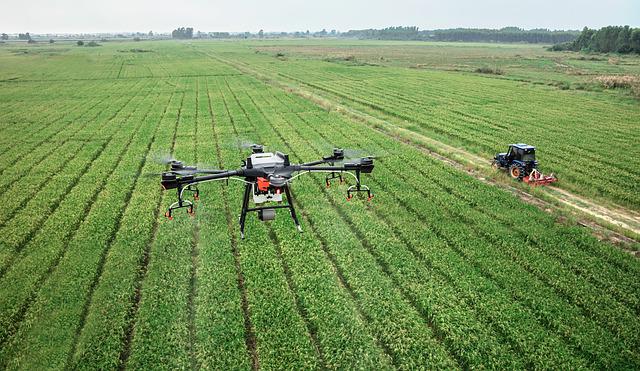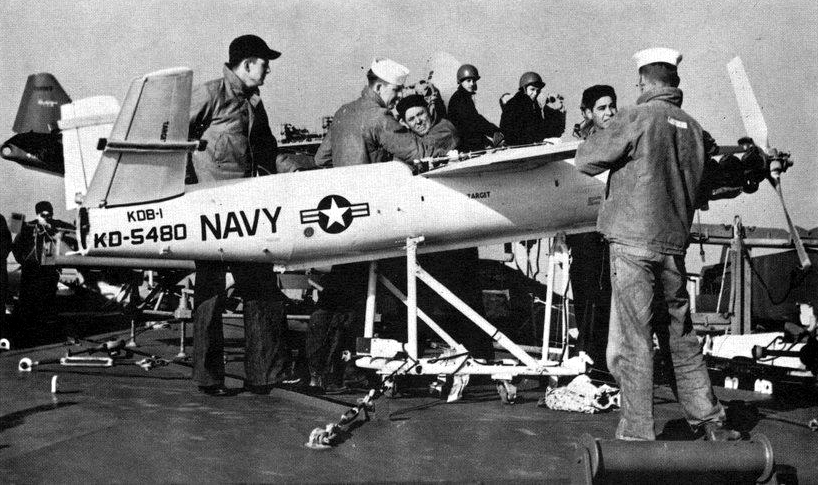
The use of drones for solar farms has many benefits. Using these machines eliminates the risk of rooftop work while ensuring that solar panels are safe and the electrical substations are functioning correctly. Drones can also take thermal readings and zoom in on individual panels to help identify problems and errors quickly. This article will show how thermal imaging can be utilized by drones for solar farms. Continue reading to find out how drones can help improve your operations.
A thermal camera attached to a drone
FLIR Vue Pro (640). The thermal camera was mounted to a multi-rotor quadcopter. It had a focal distance of 9mm, and it captured NADIR photos at a rate 1 every second. The thermal images had a resolution of approximately 10 centimeters in a first inspection. The second inspection yielded eleven images, which took less than five minutes to process. The thermal images were sufficient for quick inspection after replacement work. The high image overlap and low blurred are two of the advantages of this thermal camera.
Reduces human error
Drone technology has many benefits. Drones are capable of performing many solar tasks such as monitoring, inspections that are time-critical, and planned maintenance. Operators can diagnose problems quickly and efficiently using data collected by drones. This technology can detect and fix problems with solar panels before they become serious. Drones are an essential tool in order to reduce human error in solar power plants evaluation.

Improves data quality
Drones can improve the quality and reliability of solar farms' data. They can take thermal readings or zoom in to provide additional information. The use of drones in solar operations can help PV operators ensure that their panels are properly installed and that the operations run smoothly. DJI Matrice drones are one of the most sought-after high-tech industrial machines. They can fly for extended periods of time and have IP43 weather capabilities. In addition to their superior engineering capabilities, these drones excel in broadcasting/filmmaking functions and in the solar industry.
Inspections are faster
Drones have the potential to dramatically accelerate solar inspections. Drones can fly for up to 10 km and scan individual panels. Manual solar inspections only examine a few percent of modules and can lead to inaccurate results. Drones can scan every module, and report the findings with much more accuracy. Using drones also helps solar farm operators reduce the cost of solar panels and reduce the need for human intervention.
Lowers costs
Many sectors are saving money with drone technology. One sector in which drones can reduce costs is solar energy. Drones have the potential for savings of up to 70%. Drones offer a cost-effective method to evaluate the rooftop energy potential and perform maintenance inspections. They can scan land at a 'exceptionally fast speed'. This means that drones are able to lower costs in every stage of solar operations from planning to maintenance.

FAQ
What are the rules for operating drones?
You need to register your drone with the FAA. This registration involves information such as the weight, size, battery capability, and operating frequency. You will also need to get an FAA identification number.
What laws apply to flying drones?
The Federal Aviation Administration (FAA), oversees all aspects of drone operation in the United States. A certificate issued by the FAA is required to commercially operate a drone. You must then complete a course on piloting skills and pass an examination. Final, you will need to pay a fee.
Flying with a drone?
Drones are becoming more popular, both for personal and business purposes. They are used for video, filming aerial mapping, search &rescue, and many other purposes. A number of new regulations have been approved by the FAA for drones. These include registration, licensing, pilot training and insurance. These changes will help ensure that drones remain safe for everyone involved.
Statistics
- According to Indeed, a drone pilot gets paid $25.73 per hour on average in the US. (dronesgator.com)
- Research and Markets predict a growth rate of 51.1% over the next five years. (thedroneu.com)
- According to ZipRecruiter, the minimum hourly wage of drone pilots is $20. (thedroneu.com)
External Links
How To
How do I clean my drones?
The tips below are some things you should know before cleaning your drone. This guide will help you make sure that you get the most out of your drone.
-
You need the right tools. You should have everything you need to start any project. You'll need a soft brush (or a toothbrush) and cleaning solution (we recommend WD40)
-
The battery pack should be removed. The first thing you need to do is remove the battery from the drone's bottom. It is often easy to find the battery beneath the propeller. Be careful not to loose screws during removal.
-
Take off all parts. Next, carefully remove all the parts from under the drone. Check that none of them are loose, as they may fall off when you try to clean the machine.
-
Use a cleaning solution. Now it's time for your drone to be cleaned. We recommend cleaning your drone with WD40. Use the cleaner to spray your drone's entire surface. Be sure to get in between all components. Leave it to dry completely before putting everything back together.
-
Put on the battery. After cleaning your drone, you should put the battery back into its original place. By doing this, you can test how well your drone functions after cleaning.